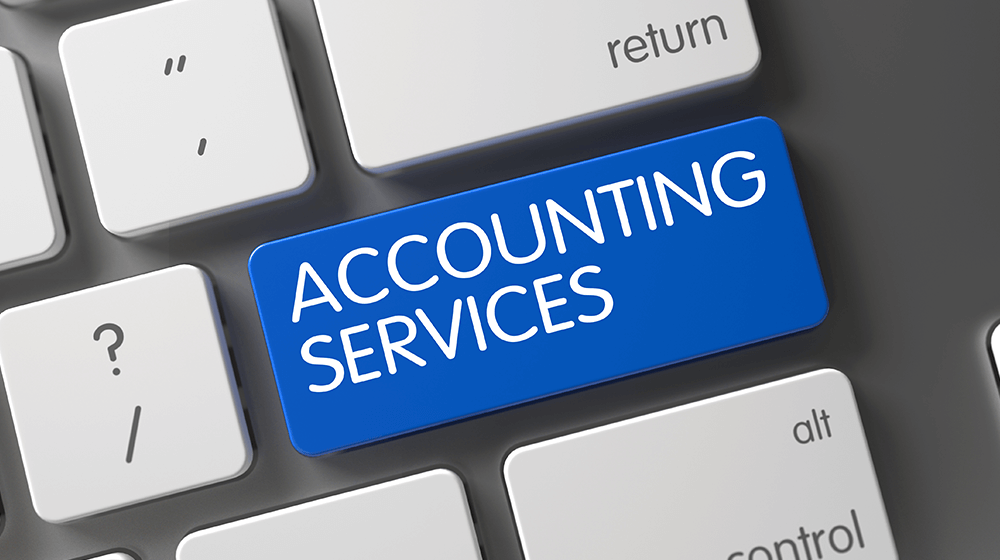Stakeholder analysis
A stakeholder analysis is a tool used by businesses to identify and assess the importance of different groups of people who have an interest in the company. The purpose of a stakeholder analysis is to help businesses make decisions that are in the best interests of all of their stakeholders.
There are many different ways to do a stakeholder analysis, but the basic process is to identify all of the stakeholders, assess their importance, and then develop a plan to engage with them.
In this article, we’ll give you an overview of stakeholder analysis and how to do it. We’ll also provide some tips on how to use stakeholder analysis to make better business decisions.
What is a stakeholder analysis?
A stakeholder analysis is a tool used to identify and assess the importance of different groups of people who have an interest in the company. The purpose of a stakeholder analysis is to help businesses make decisions that are in the best interests of all of their stakeholders.
A stakeholder is anyone who has an interest or could be affected by your business. A stakeholder analysis is helpful for identifying your key stakeholders, understanding their interests, and deciding how to engage with them to meet their needs and further your organizational goals. A stakeholder analysis is often used when making decisions about strategy, branding, products and services, organizational structure, and more.
It can help you understand who you should be thinking about when making these decisions, and how those people can help or be helped by these decisions. A stakeholder analysis can also be helpful in identifying groups or individuals who may not be satisfied with your business and may be potential sources of problems or criticism.
Why is stakeholder analysis important?
A stakeholder analysis ensures that you are considering the interests and needs of everyone who is affected by your decisions. If you make decisions in a vacuum and don’t consider the needs and interests of stakeholders, you may be making choices that are not in the best interests of your business.
A stakeholder analysis will help you to identify the different groups of stakeholders, determine their interests, and then implement strategies that are in the best interests of all of your stakeholders. When you’re making decisions, you should think about all the different groups of stakeholders and use the information from a stakeholder analysis to decide how your decisions will affect each of those stakeholders.
How to Do a Stakeholder Analysis
There are many different ways to conduct a stakeholder analysis, but there are a few key steps that are common in all methods of analysis. The first step is to identify all of the stakeholders. This may seem obvious, but it’s important to identify every group of people who could be affected by your business in some way. It’s common to focus on customers, but stakeholders can include employees, partners, investors, directors, suppliers, government regulators, representatives of the community where your business is located, and more.
The second step is to assess the importance of each stakeholder. You can do this by thinking about how each stakeholder could affect or be affected by your business. For example, when thinking about customers, you could ask yourself questions like: How many customers do we have? What are their demographics (e.g., age, gender, location)? What are their needs? What are their attitudes towards our products or services? What are their preferences? And so on.
Identify all of the stakeholders.
The first step in a stakeholder analysis is identifying all of the stakeholders. This can be a bit overwhelming at first, but there are a few strategies that are helpful for coming up with a complete list. First, make sure that you’re thinking broadly about stakeholders. For example, customers are definitely a group of stakeholders, but so are employees, suppliers, distributors, and other groups that might not necessarily come to mind as “customers.” Next, brainstorm a list of people who could be affected by your business.
You can start with a very broad list, and then go through and refine it to find the people who are most important. It’s helpful to use tools like mind mapping to brainstorm the list, and then make it more refined as you go. Another useful strategy is to think about who or what could have an impact on your business.
Depending on the nature of your business, there may be groups of stakeholders that aren’t obvious. For example, if your business is located near an airport, you might want to consider the impact on your business of changes in airport traffic.
Assess the importance of each stakeholder.
Once you have a list of all of the stakeholders in your business, you can assess their importance. You can use a simple scale to rate each stakeholder from 1 (low importance) to 10 (high importance). You can also do a more in-depth analysis to think about why each stakeholder is important. It’s important to be honest with yourself about the importance of each stakeholder.
For example, you might have a stakeholder who you would rate as a “10” in terms of importance, but you might only rate them a “3” in terms of how much effort you’re currently putting into engaging with them. That’s a sign that you need to do more and be more strategic with the types of efforts you’re using to engage with that stakeholder.
Develop a plan to engage with each stakeholder.
Once you’ve identified all of the stakeholders in your business and assessed their importance, you can develop a plan to engage with each of them. It’s important to remember that you can’t please everyone, so you’ll have to decide what’s best for your business and its stakeholders. It can be helpful to create a stakeholder map to organize your information about each group of stakeholders.
A stakeholder map can look very simple, and it doesn’t have to be fancy. Basically, you just want to list the names of all of your stakeholders on a piece of paper, and then draw a box for each. Then, you write the information about each stakeholder in the box. You can even add a colour to each box to help visually identify different groups of stakeholders.
Tips for using stakeholder analysis
There are a few important tips to keep in mind when doing a stakeholder analysis. Make sure you’re thorough: You need to identify every group of stakeholders that could be affected by your business. Don’t get overwhelmed: It’s important to be thorough, but you don’t want to get overwhelmed. Start with a broad list, and then go through and refine it as you go.
Don’t rate stakeholders in terms of “most important”; instead, rate the importance of each stakeholder in terms of how they might affect or be affected by your business. Engage with stakeholders – Once you’ve identified all of the stakeholders and assessed their importance, you need to engage with them. You can’t ignore them and hope they go away.
Keep your stakeholder analysis up to date- Your stakeholder analysis and your strategy for engaging with stakeholders are always changing as situations and interests change. You need to keep your stakeholder analysis up to date as things change.
Conclusion
A stakeholder analysis is a helpful tool for businesses to better understand the people who could be affected by their decisions. It can help you identify who the stakeholders are and what is important to them. When you’re making decisions, you should consider how each of your stakeholders might be affected by those decisions. Stakeholder analysis is an important tool for any business to use when making decisions.









